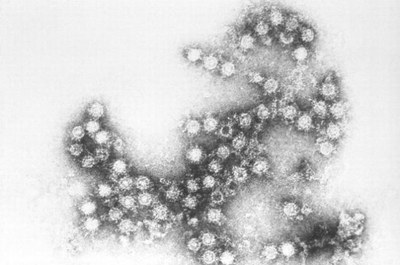There is a misunderstanding, even with cleaning professionals, as to the differences between cleaners, sanitizers and disinfectants.
Many falsely believe that they can use one product for all cleaning situations.
In fact, each are formulated for specific purposes.
Cleaners
Cleaners work by washing the surface to lift dirt, dust, grime and germs off so they can be rinsed away. They do not kill germs, but just the act of cleaning a surface helps to lower the number of germs which makes it difficult for them to multiply or survive. Continuous cleaning should be done on a regular schedule to keep the numbers down.

Some items or areas that are touched frequently by many different people are called high-touch points. These should be cleaned more often.
Examples of high-touch points are:
- Door handles
- Hand rails
- Bathroom fixtures
- Shared desks
- Vending machines
- Shared keyboards and mice
- Shared gym equipment
- Shared phones
Sanitizers
Sanitizers reduce the germs on a non-porous surface to a safe level to help decrease the risk of spreading infections.

By definition, a sanitizer should reduce by 99.999% bacteria or disease causing organisms in 30 seconds. They do not have to kill these organisms, though many do, just reduce their numbers. The official definition of sanitizing for food product contact surfaces is
a process which reduces the contamination level by 99.999% in 30 sec.
Sanitizing can be accomplished through high heat, radiation or a product formulated as a sanitizer. Sanitizers are most effective if a surface is physically cleaned first. You cannot effectively sanitize a dirty surface. 1
A solution of hydrogen peroxide has been found to be work well as a cleaner and also be an effective natural sanitizer. What seems to be lacking is the dwell time ( read my article on dwell time) needed to sanitize.
That said, cleaning and sanitizing in one step will not be as effective as cleaning the surface first then sanitizing.
Sanitizing is required by regulation in food service areas and in childcare centers.
EPA registered sanitizers have been evaluated that, when used as directed on the label, the product should do what it claims.
Disinfectants
Disinfectants are meant to destroy organisms and pathogens (bacteria and viruses) on non-porous surfaces.
To be EPA classified as a disinfectant, a product must kill all organisms listed on it's label in no more than 10 minutes.
Disinfecting does not leave a surface clean or remove germs, so cleaning should be done first. Dirty surfaces can reduce the effectiveness of disinfectant.
Because they are usually much stronger chemicals, disinfectants are not normally used for food preparation surfaces.
Not to muddy the waters, some disinfectants, by virtue of their strength, can qualify as a sanitizer when left on a surface for 30 seconds, but are definitely not for use in food preparation areas.
Disinfecting is recommended for use in high-risk areas and for high-risk incidents. High-risk areas pose a higher risk for transmitting infectious diseases.
Examples of
high risk areas are:

- Hospital operating rooms
- Animal hospital operating rooms
- Baby changing tables
- Toilets
- Any place a high-risk incident occurs.
High-risk incidents are accidents or events that include:
- Vomit
- Feces
- Blood
- Other bodily fluids.
Vomit and diarrhea can transmit norovirus, a highly contagious virus that is the most common cause of diarrhea and vomiting in the US. In these situations, disinfecting is critical.
For safety reasons, because they are usually stronger chemicals, disinfectants should be used after normal hours when staff or personnel are gone.
Both sanitizing and disinfecting are a step up from regular cleaning because cleaning mainly removes visible dirt. When you sanitize or disinfect, you are removing potentially harmful bacteria that might not be visible to the naked eye.

